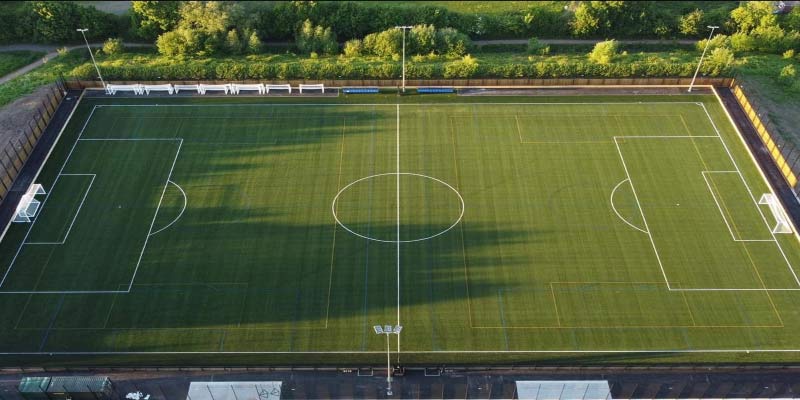The center circle is a crucial yet often underestimated feature in football, playing a vital role in the dynamics of the game. While it may seem like just a simple geometric shape on the pitch, it influences player positioning, tactics, and match regulations. Whether you’re a seasoned fan or new to the sport, understanding its importance can enhance your appreciation of the game. Let’s explore the center circle’s definition, functions, historical evolution, and some fun facts, along with how platforms like 123b.restaurant incorporate such elements into their football content.
Introduction to the Center Circle in Football
The center is located at the midpoint of a football pitch and has a radius of 9.15 meters (10 yards). This area serves multiple purposes during a match, contributing significantly to both gameplay and the overall structure of the game.
What is the Center Circle?
To grasp the essence of the center, it’s essential first to define it clearly. As mentioned, it is a circular area marked at the center of the field, characterized by its radius and the distinct line that encloses it.
The primary purpose of the center circle is to facilitate kick-offs. At the start of each half and after every goal scored, play is resumed from within this circle. When a kick-off occurs, all opposing players must remain outside the center circle, allowing for fair play and an organized restart.
However, the center circle’s importance extends beyond just being a starting point for the game. It symbolizes the beginning of all action and represents the equality of possession between competing teams. Each team has equal rights to secure the ball as it is kicked from this designated area, making it a focal point of anticipation and strategy right from the whistle blow.
The Role of the Center Circle in a Match
The role of the center can be dissected into several key areas, primarily revolving around its function during kick-offs and how it impacts the flow of the game.
Kick-offs occur under specific conditions defined by international football regulations. After a goal, the team that conceded the goal takes the kick-off from within the center circle. This moment often sets the tone for the next phase of the game, as teams strategize on how best to regain control of the match.
Moreover, the center plays a vital role in maintaining fairness during restarts. By ensuring all players are positioned correctly, referees can maintain order and prevent unfair advantages. This enhances the integrity of the game, reinforcing the notion of sportsmanship and fair play that is paramount in football.
The Center Circle and Football Regulations
International football governing bodies, such as FIFA, have established specific rules that pertain to the center circle. These regulations ensure that the game remains structured and that teams adhere to standardized protocols.
For instance, during a kick-off, the laws stipulate that the ball must move forward before it can be played by another player. If the ball fails to do so, the kick-off is deemed invalid, necessitating a retake. This regulation underscores the importance of precision during set pieces and highlights how the center circle dictates the game’s rhythm.
Additionally, the center circle serves as a visual cue for players, coaches, and officials alike. Its presence on the field aids in organizing formations and tactics, as players often position themselves based on their proximity to this central feature.
Conclusion
In conclusion, the center circle is far more than just a geometric shape on the football pitch. It is a fundamental component of the game’s structure and dynamics, influencing tactics, spatial organization, and player interactions.
Through the lens of history, regulations, and major competitions, we come to appreciate the center circle’s enduring significance. As the heart of the game, it encapsulates the excitement, strategy, and drama that make football the world’s most beloved sport.
